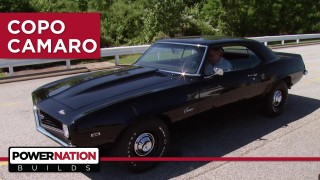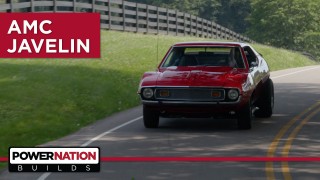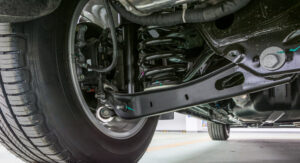
1969 Hard Charger Hellcat
A real Cinderella story, our ’69 Charger needs a lot of work to make it to the ball, and a 707HP Hellcrate engine will make it a fast trip.
Season 1
Episode 9















